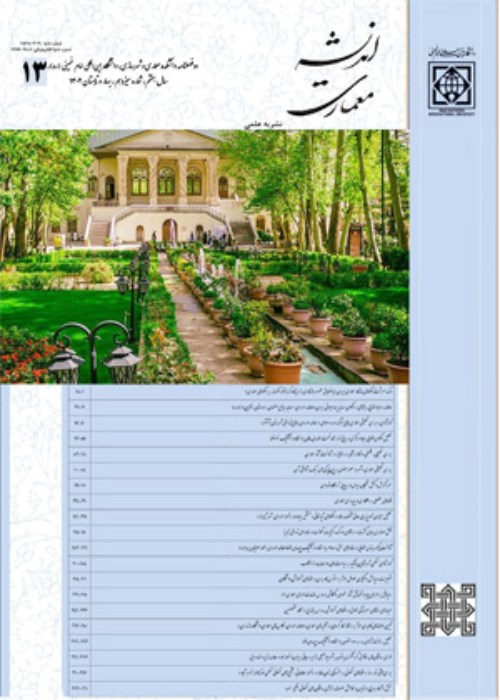The role of environment and culture in the formation of Islamic tombs in the southern margin of the Caspian Sea
One of the religious buildings and mosques in the Islamic era is the mausoleum of the divine people (in this research the baptized Imams and tombs) who are of special importance to the people because of the sanctity of the mosques. In other words, the burial architecture or the tomb of separation Each society is at different times. In Iran, from the past to today, especially in our Islamic era, we see such buildings. After the arrival of Islam and the change of religious rituals, various functions have been created in accordance with the new religion, or similar functions have been developed or modified, including the tomb. In the Islamic era, as if this tomb was related to people with divine cremations, such as the descendants or the family of the infallible Imams, the names of Imam Zadeh, Tomb, Torbat, Mashhad and ... were introduced to them and they were respected by the general people and they were a way. There is no doubt that this kind of performance has a lot of cultural influence in Iranian society. Thus, paying attention to the architecture of the tomb in the Islamic period is important, especially in the southern margin of the Caspian Sea. In this research, the Gilan and Mazandaran provinces, which on the one hand were considered as the most important refuge of the Muslim immigrants, the Alavians in the early Islamic Ages, The number of Imams and tombs in this region is higher than in other parts of Iran. However, few studies have been conducted on this area. Thus, the purpose of this research is first to identify the architectural features of such buildings and then to identify their differences and similarities, taking into account the role of the environment and culture in this area. According to the above mentioned questions, the research questions are as follows: What are the architectural features of the shrines of the Islamic period on the southern margin of the Caspian Sea? What role does the environment and culture play in the formation of Islamic tombs in the southern margin of the Caspian Sea? . In this research, descriptive-analytic research method has been used. The samples were 127 cases, of which 16 were selected (typical cases) with high abundance, so that their attributes were attributed to the statistical population. These samples are examined in terms of location, plan and space, body and exterior shape, along with decorations, materials and methods of constructing comparative comparisons. In other words, they are viewed from two general viewpoints - the shape of the space and the body Are evaluated in order to simultaneously examine all aspects of the creation of such a function in this area. The results of the study show that although the provinces of Gilan and Mazandaran are in one line, but due to the semi-closed widespread use of a wooden lattice wall and semi-open or without walls due to religious beliefs, livelihoods of Shibani and the climate in western Guilan, tombs Avangaran with closed burial chamber in eastern cities in the west of Gilan such as Rasht, Lashtenesha, Nasha and Fouman and in the eastern cities of Gilan, due to religious practices and climatic conditions, the presence of four and octagonal domes in the southwestern and eastern mountains Guilan (Roodbar, Amarlou and Dilman) due to geographical conditions and adjacent to other areas such as Ghazvin and Zanjan, the prevalence Shrines in Mazandaran due to custom and beliefs of the people as well as climatic conditions, which are also different in the western and eastern parts of the province, as well as examples of the Qajar dynasty (more than an ivory) in the west and east of Mazandaran; the architecture of the shrines The Islamic period in different regions of these two provinces is influenced by environmental factors (climate and geographical location) and cultural factors (religious beliefs, customs, and customs).
- حق عضویت دریافتی صرف حمایت از نشریات عضو و نگهداری، تکمیل و توسعه مگیران میشود.
- پرداخت حق اشتراک و دانلود مقالات اجازه بازنشر آن در سایر رسانههای چاپی و دیجیتال را به کاربر نمیدهد.



